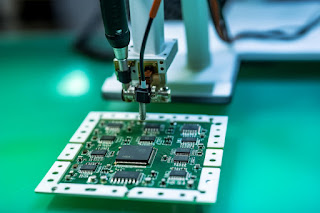TVS-Transient Voltage Suppressor Diode(2)

· Package Because TVS needs to dissipate a significant amount of energy, the physical size needs to be larger. Common packages: DO-214, DO-218, DO-15, etc. · Peak Pulse Power Dissipation It indicates the capability to dissipate the maximum energy, with the testing condition specified as a 10/1000µs waveform. This means that this metric is a specific testing methodology within the industry and is not arbitrarily added with DC testing. · Peak Pulse Curren It indicates the ability to withstand the maximum pulse current. If this current is exceeded, there is a high likelihood that the TVS may become damaged. · Peak Forward Surge Current It refers to the maximum positive surge current magnitude. However, please note the testing conditions: 8.3ms Single Half Sine Wave. This means it is not a direct current, but rather a waveform with a very short duration. · Parasitic capacitance The parasitic capacitance is a parameter that can impact the practical application of TVS. In the case of da





